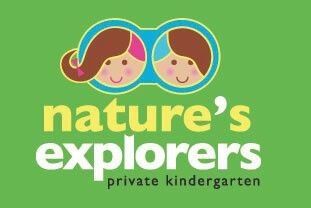Do you remember the days when we really connected with nature? As a child, my brother, cousins and I were always outdoors. So were our neighbour’s kids and the kids from the rest of our community. We were keen explorers, always investigating the boundaries of our properties and well beyond.
My own favourite memories include climbing the largest tree in our neighbourhood and making a tree hut which consisted of an old door, Dad’s beer crates and any other scraps of wood we could find. Up in our tree hut I felt like the queen of the world and anything was possible. School holidays were abuzz with eeling expeditions at the local creek, bush walks with Mum and star-gazing in the backyard under the cover of our own home-made tent.
My husband’s favourite memory is playing with his trucks and cars in the dirt. He used to make mines and roads and spend hours in this richly imaginative play. It’s interesting to note that my husband is now a heavy diesel mechanic. Play is a child’s work and it’s through play that a child interprets the world and works out where he or she fits within it. My husband also enjoyed diving and swimming in the local rivers with friends and spending every second weekend at his dad’s place beside the beach. We can all recall our childhood affinity and connection with nature.
It felt so great connecting with the simpler things in life. Depression rates were lower, prescriptions to ADHD and depression medications were limited. There was a greater understanding of children who were ‘Huckleberry Finns’ – they were seen as children who thrived on being busy outdoors rather than being regarded as a problem to ‘fix’.
You can test the power of nature the next time your toddler or child is irritable or upset. Invite them to spend time with you in the backyard or in a local grassy area. Give them the chance to connect with the earth. Do whatever feels right, so long as you don’t rush. Be silent and see what unfolds or talk about the birds, flowers, insects and trees. If it’s raining, put on a coat and boots and observe how rain drops collect on leaves, watch birds take a bath in drainpipes or in the puddles that form. I guarantee your child will re-centre him or herself and any irritable feelings or upset will be forgotten.
Over recent years, the time children spend outside experiencing nature has diminished – and for some it hardly exists at all. Researchers have come to call this Nature’s Deficit Disorder. At first I didn’t believe there would be enough research to result in this phenomenon being classified as a disorder but unfortunately there is – in ground swelling abundance.
Nature time has been replaced with screen time – TV, computers, cell phones, texting, social media, PSP’s, PS1, 2 and 3 and many others! I am by no means anti-technology, but as parents there is a need for us to become more aware of how we enabling or disabling our children’s connection with the planet.
Perhaps you could plan ‘nature’ time into your day and take some time away from the hum and buzz of traffic and technology. If your child attends childcare or kindergarten choose a place that has an affinity with nature with real trees, real grass, wooden toys, plants, less plastic, less technology and a more authentic learning environment for your children. Ensure your child will be able to flow between inside and outside learning areas at their own pace. Gardening, growing fruit and vegetables and learning how to recycle are fabulous learning opportunities and should be part of the core curriculum for early childhood centres and schools.
Not only will you have a happier, more balanced child but these steps will also create what some call ‘earthing’ children who appreciate, value and protect what is left of our beautiful natural environment.


